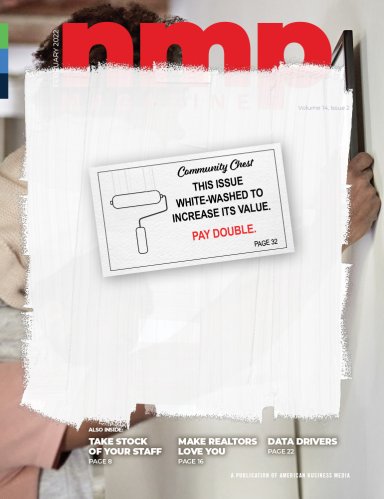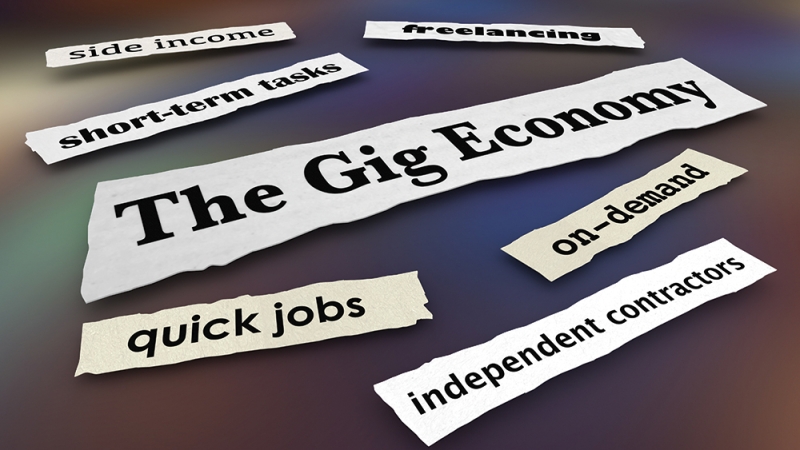Unless you’ve had your head in the sand, you’ve heard of the instances where African American families have been short-changed when it comes to appraisals. And a few of them have taken it upon themselves to prove it.
In the latest reported case, a Black couple in Northern California suspected their appraisal came in too low. After all, they had spent something on the order of $40,000 over their tenure in their home to upgrade the place. Yet the appraisal came in at $995,000, close to a half-million less than a previous valuation 10 months earlier.
The couple purchased their 1,248-square-foot, four-bedroom, two-bath house in Marin City in 2016 for $550,000. Since they renovated — among other things, they added new appliances, replaced the windows, refinished their hardwood floors, refurbished the bathrooms, redid their backyard deck — the house had nearly doubled in size.
So the couple “white-washed” the place, removing anything and everything that would indicate African Americans lived there. And they asked a white friend to stand in their stead when a second appraiser came on the scene to value their house when they applied a second time to refinance.
This time, the appraisal came in at $1,482,500!
Similarly, a Black Indianapolis home owner did not reveal her race or gender on her loan application. She kept communications to emails and told the appraiser that she would be out of town and her brother would be at her home during the appraisal. Then, a white friend posed as her sibling and met the appraiser instead of her. And wouldn’t you know it, the value more than doubled from a previous valuation.









